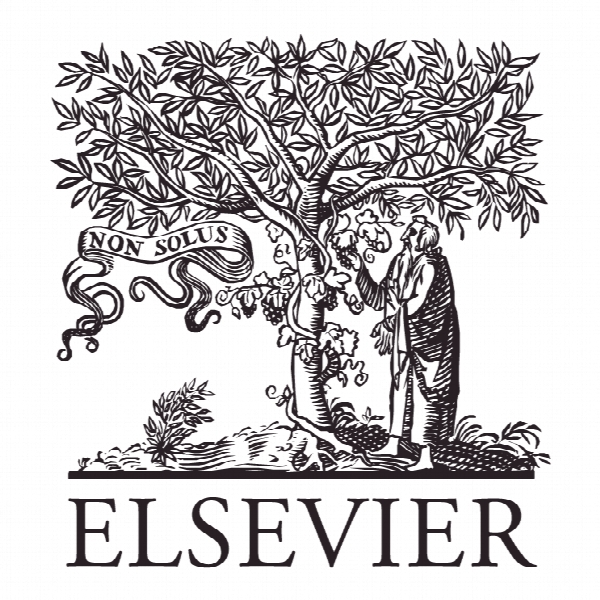تعریف قانونی PR چیست؟ تجزیه و تحلیل سخنرانی تجاری و روابط عمومی What’s the legal definition of PR?: An analysis of commercial speech and public relations
- نوع فایل : کتاب
- زبان : انگلیسی
- ناشر : Elsevier
- چاپ و سال / کشور: 2017
توضیحات
رشته های مرتبط علوم ارتباطات اجتماعی
گرایش های مرتبط روابط عمومی
مجله بررسی روابط عمومی – Public Relations Review
دانشگاه بخش ارتباطات، ایالات متحده
نشریه نشریه الزویر
گرایش های مرتبط روابط عمومی
مجله بررسی روابط عمومی – Public Relations Review
دانشگاه بخش ارتباطات، ایالات متحده
نشریه نشریه الزویر
Description
1. Introduction Crafting a definition of public relations is never easy. Scholars debate what specific characteristics of PR make it a unique form of communication and profession. However, the debate over PR’s definition is not merely academic, it has important implications in the law. This legal definition has practical significance because it affects how much First Amendment protection PR receives. The legal debate about PR’s definition revolves around its status as commercial speech. If public relations is commercial speech, then PR content can be heavily regulated by federal, state, and local governments. However, if PR is not commercial speech then public relations content cannot be restricted or regulated absent a compelling state interest that is narrowly tailored to achieve that interest. Speculation about PR and commercial speech stems from the 2002 California case Nike v. Kasky, which is the most significant appellate case that addresses the First Amendment protection given to public relations speech. In 2002 the California Supreme Court held that PR was commercial speech. However, in 2003 the United States Supreme Court issued a denial of certiorari, a court order declining to hear an appeal, of the California Supreme Court’s decision in Nike v. Kasky (2002). Later Nike and Kasky settled out of court, ending the judicial wrangling over PR’s legal definition. This anticlimactic end to the debate over PR’s commercial speech status has intrigued scholars since 2003 (Ki, 2004; Myers & Lariscy, 2013; Terilli, 2005). Because the United States Supreme Court declined to hear the appeal in Nike v. Kasky (2003) there is no universal approach to categorizing PR under the First Amendment. Despite the United States Supreme Court’s decision denying certiorari, their certiorari decision has been discussed 22 times in federal appellate decisions, state appellate decisions, and administrative rulings since 2003. The United States Supreme Court’s denial of certiorari has also been cited 326 times in court filings, such as briefs, motions, and petitions. Because the United States Supreme Court never overturned the Supreme Court of California’s holding, the California Supreme Court’s decision is also still binding precedent. Since 2002, the California Supreme Court’s decision in Nike v. Kasky has been cited in 413 federal and state court cases and administrative rulings. The legal database Westlaw identifies 47 of these cases as containing significant analysis, more than a mere citation, of the California Supreme Court’s decision. Perhaps more impressively, the California Supreme Court’s decision in Nike v. Kasky (2002) has been cited 2049 times in court filings, including jury instructions, since 2002. These numbers are significant because they show that public relations’ First Amendment status is still an ongoing issue in many courts in the United States. The Nike v. Kasky (2002, 2003) case presents a unique situation in legal analysis. The 2002 California Supreme Court decision is binding authority in all California courts. The United States Supreme Court denial of certiorari is not precedent in any jurisdiction, but continues to be cited in federal and state court decisions. The fact that the California and United States Supreme Court’s decisions are being cited indicates that courts are using both decisions to weave together new approaches to determine when and if public relations constitutes commercial speech. This is important for PR practitioners. How courts interpret PR under the First Amendment directly affects whether public relations content is subject to various content regulations. PR’s First Amendment status directly affects whether practitioners can be sued for deceptive content, if social media content regulations apply to PR campaigns, and if the government can require PR to submit to the same restrictive guidelines on content as advertising.


